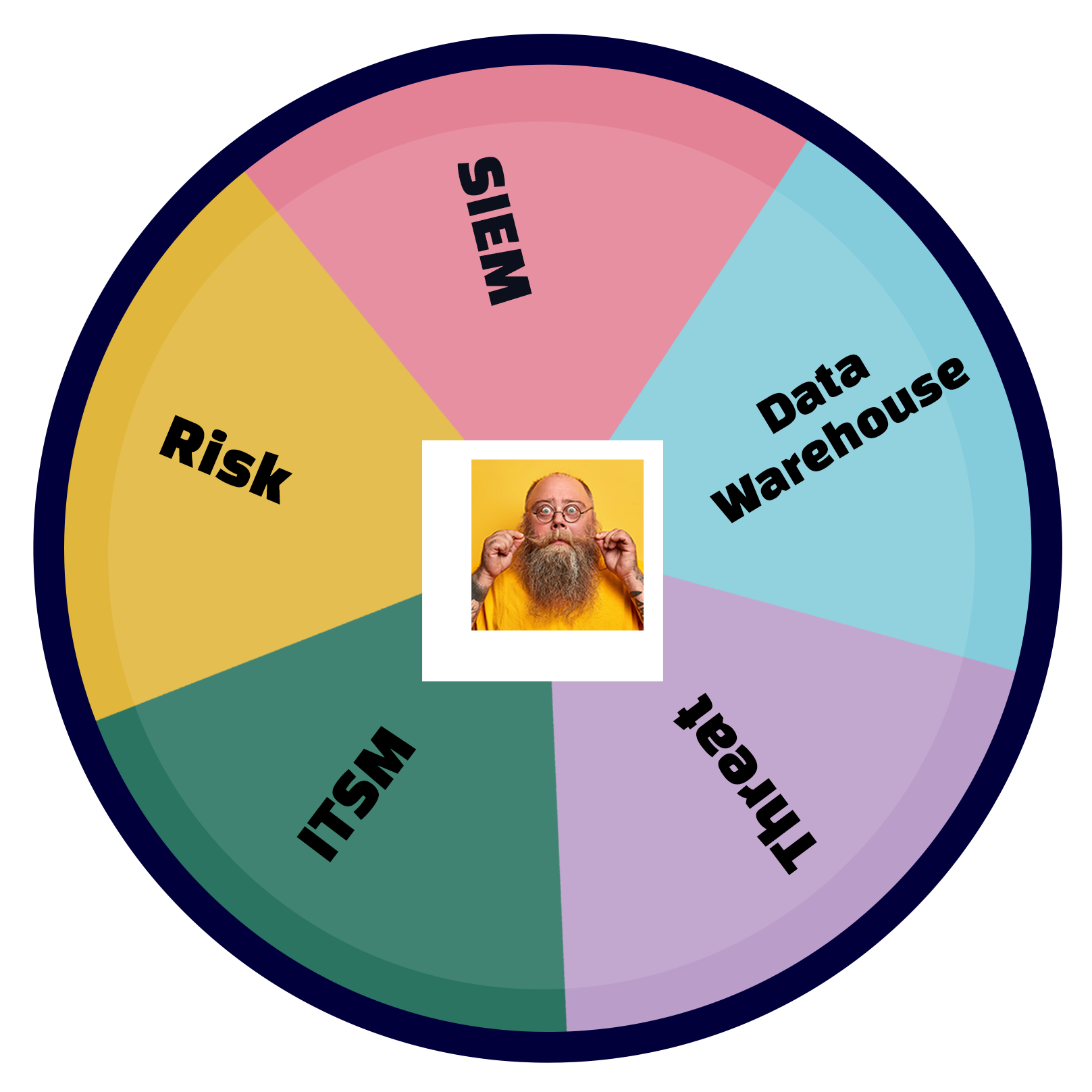In today’s technology-driven world, software development plays a crucial role in various industries. As businesses increasingly rely on technology, software developers must ensure that the software they develop is not only functional but also secure. The importance of secure software development cannot be overstated, as data breaches and cyberattacks become increasingly common. In this article, we explore the importance of secure software development, the risks associated with insecure software, and best practices for ensuring software security.
The Importance of Secure Software Development
Secure software development is the process of designing, developing, testing, and deploying software with security as a primary consideration. The goal of secure software development is to reduce the risk of security vulnerabilities and minimize the impact of potential attacks. There are several reasons why secure software development is important:
- Protects Confidential Data: Software applications are often used to store and process confidential data, such as personal and financial information. If the software is not secure, it can be vulnerable to attacks from cybercriminals who seek to steal or manipulate this data.
- Ensures Business Continuity: Software applications are critical to many businesses. If a security vulnerability is exploited, it can cause downtime or disruption to business operations, resulting in financial losses and damage to the organization’s reputation.
- Compliance: Many industries are subject to regulations and standards that require secure software development practices. Failure to comply with these regulations can result in legal consequences and financial penalties.
Risks Associated with Insecure Software
Insecure software can pose various risks to organizations, including:
- Data Breaches: Insecure software can be exploited by cybercriminals to gain unauthorized access to sensitive data, resulting in data breaches and theft of personal and financial information.
- Malware: Malicious software, such as viruses, worms, and Trojans, can be hidden in insecure software, infecting computers and networks and causing damage to the system.
- Downtime: Security vulnerabilities in software can lead to system crashes and downtime, resulting in lost productivity and revenue.
Best Practices for Secure Software Development
There are several best practices that software developers can follow to ensure secure software development:
- Incorporate Security into the Design Process: Security should be considered at every stage of the software development life cycle, from design to deployment. Security requirements should be defined, and security controls should be implemented throughout the development process.
- Use Secure Coding Practices: Developers should use secure coding practices, such as input validation, output encoding, and error handling, to minimize the risk of vulnerabilities in the software.
- Conduct Regular Security Testing: Regular security testing, such as penetration testing and vulnerability scanning, can identify security weaknesses in the software before they can be exploited by attackers.
- Keep Software Up to Date: Software updates often include security patches that address known vulnerabilities. Developers should ensure that software is kept up to date with the latest security updates.
- Educate Developers on Secure Coding Practices: Developers should receive training on secure coding practices and be aware of the latest threats and vulnerabilities.
Conclusion
In conclusion, secure software development is critical to protecting confidential data, ensuring business continuity, and complying with regulations. Insecure software can introduce risks, including data breaches, malware, and downtime. To ensure secure software development, developers should incorporate security into the design process, use secure coding practices, conduct regular security testing, keep software up to date, and be educated about secure coding practices. By following these best practices, organizations can mitigate the risks associated with insecure software and ensure the security of their systems and data.









